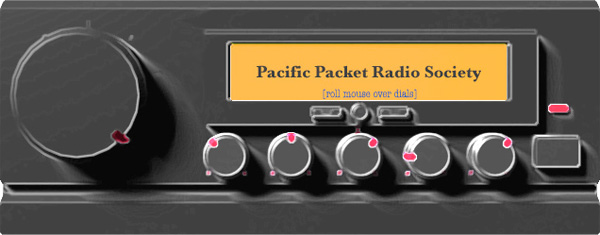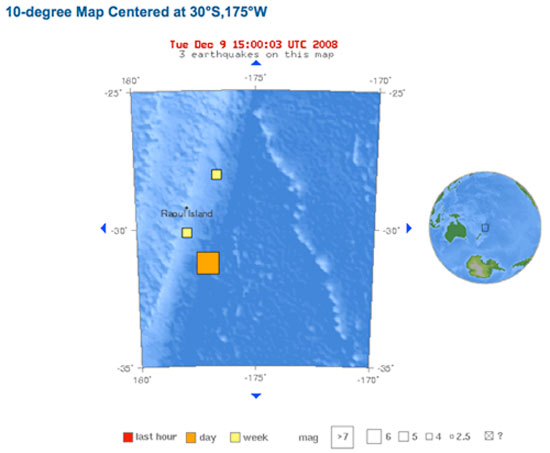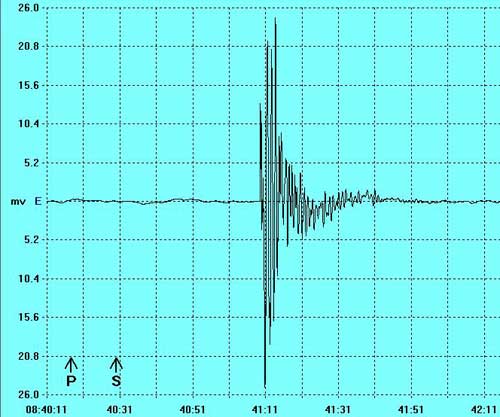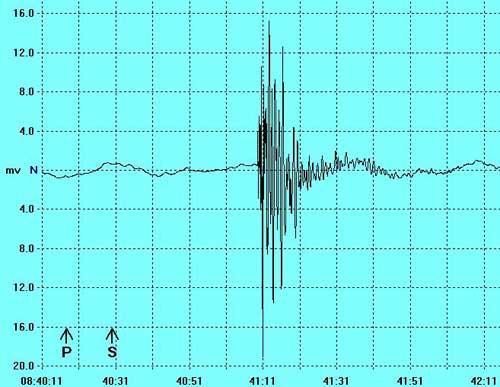200812.10

Pacific Packet Radio Society gateway | history | photos | papers | links | packet
audio | video
December 10, 1980
28th Anniversary of Historic KA6M Digital Packet Radio Repeater
First United States Wireless Data Communications
August 11th, 1981
Dear Packet Radio Enthusiast,
Thanks very much for the letter of inquiry which you sent me. The response I've received to the initial publicity about the packet repeater has been very enthusiastic, and I have been deluged with requests from hams, both locally and from various points around the country, for more information about the repeater, for schematics, for listings, specifications, modems, proms, SDLC chips, Vancouver boards, and for talks at clubs. Needless to say, all this activity, plus continuing development on the packet hardware and software has kept me very busy, and I apologize for the long delay in responding to your letter. Let me bring you up to date on what has happened, or is happening, since the initial announcement of the repeater, which went on the air in December of 1980.
In the early months of this year, the packet repeater was operating out of my residence, and was still an experimental machine. Since then, we have installed a couple of upgrades to the control software, we have used a better CPU card, increased the power level, moved the repeater to 700 feet elevation, and integrated its operation to be 100% compatible with the protocol used by the Vancouver Digital Communications Group (VADCG). The repeater has changed from being a laboratory curiosity to a major Bay Area repeater heard from Berkeley to south San Jose, and the user community has grown from a couple of stations to a network of some 30 users. The packet system here now has a mailbox on-line 24 hours a day, several on-line personal computers, and network links (courtesy of a commercial packet network) to the other active packet radio centers in Vancouver and Ottawa. We have also just installed an HF port on 20 Meters, and are beginning some experiments aimed at establishing connection with AMRAD in Washington and with equipment located at W1AW.
Most of the original packet radio experiments were done in Canada (in part due to the Canadians' pioneering communications spirit, and in part due to less restrictive regulations up there), and three main centers were at work: Montreal, Ottawa and Vancouver. The technology employed by each of these groups differed, and each approach has its own merits. My thinking and ideas very closely paralleled the work started by Doug Lockhart, VE7APU, and I can best report on what is happening with groups which have adopted HDLC (High-level Data Link Control) framing as the basis of their protocol. The HDLC/ SDLC frame is a new, universally accepted standard in the data communications industry, and Doug and I feel it offers a good starting point on which to build a packet radio network. As it turns out, groups in Washington D.C., Los Angeles, El Paso, Denver, Sacramento, and Hamilton have also taken up this technology, and it is likely that we already have a sufficient number of people using this technique that it will become the defacto standard in the amateur radio community.
It would be impossible for me to completely describe the protocol and equipment being used in this letter, so I will briefly cover some of the topics and give you some pointers on where to find additional information. As you might guess, this is a new area for amateur radio, and tutorial material and handbooks simply do not yet exist. Many issues and problems remain to be discussed, and there is opportunity to make substantial contributions to the state of the art. [Snip] [Continue Reading]
Thanks again for your interest. See you on the net.
Best regards,
Hank Magnuski, KA6M
More Papers and History: http://www.pprs.org/pprspapers.html
Magnitude 6.8 - KERMADEC ISLANDS REGION

Tuesday, December 09, 2008 at 06:24:02 UTC
Tuesday, December 09, 2008 at 06:24:02 PM at epicenter
horizontal +/- 7.4 km (4.6 miles); depth fixed by location program
NST=154, Nph=154, Dmin=218.2 km, Rmss=1.09 sec, Gp= 50°,
M-type=regional moment magnitude (Mw), Version=7
USGS NEIC (WDCS-D) - us2008ajap
http://earthquake.usgs.gov/eqcenter/recenteqsww/Quakes/us2008ajap.php
Recorded by ARPSN/Flying Snail Seismic Sensors

Great Circle Distance 2765 Miles from ARPSN

VolksMeter Sensor E/W Accelerated

VolksMeter Sensor E/W Velocity

VolksMeter Sensor N/S Velocity
There are some things that need seriously to be clarified concerning theory of seismometers, since there is so much confusion; not only among amateur seismologists, but also even many professional geoscientists.
Ultimately, the ONLY source of seismograph excitation (no matter the instrument design) is ENERGY. Additionally, the ONLY thing that delivers energy to the seismometer is Earth's ACCELERATION at the site of the instrument. This is true not only for the instrument's response to earthquake waves whose periods are shorter than about 300 s, but also for earth 'hum' in which the instrument responds mainly to tilt, when the periods are greater than about 300 to 1000 s. Dr. Randall D. Peters - http://physics.mercer.edu/

VolksMeter Sensor RAW View
200811.29
The VolksMeter sensors have been moved from ADCB 24 SPS 40 to ADCB 24 SPS 25 (200811.29 - 15:21 PST) because of 20+ MPH winds that create noise on my 'final displays'. Running the VolksMeter at SPS 25 gives me better display with less noise, which led to a new thought.
A friend recently completed building his incredible straw bail house and it is my intention to contact him regarding placing straw bails around and over the seismic shed as a possible step in noise reduction.
200811.24
The VolksMeter sensors have been moved to ADCB 24 SPS 40 (200811.23 - 15:15 PST).
According to the VolksMeter engineer, this is the maximum I can run these sensors ;-) until I build a more noise resistant concrete bunker seismic shed (-; however, I am pleased at the current level of noise reduction.
The VolksMeter heliplot chart will take a little while to adjust as I tinker with fine adjustments. I will attempt to post heliplots before I go to bed tonight.
Moving these sensors to SPS 40 will increase teleseismic event detection and I will attempt to provide an example later... when a good event appears.
Another thing I need to do, if weather permits, is one more complete major sensor alignment before Winter sets in.
200811.23
Short note, for now. Everything is functioning and I am between multiple jobs, while upgrading to a newer machine. If there is time available tomorrow, I will attempt to do a test run of the VolksMeter at SPS 40 in order to determine the level of local noise vs. sensor. I ran the VM for about six months at SPS 25 without problems in a different environment and used that setting during the first week of the current stage of tests with success.